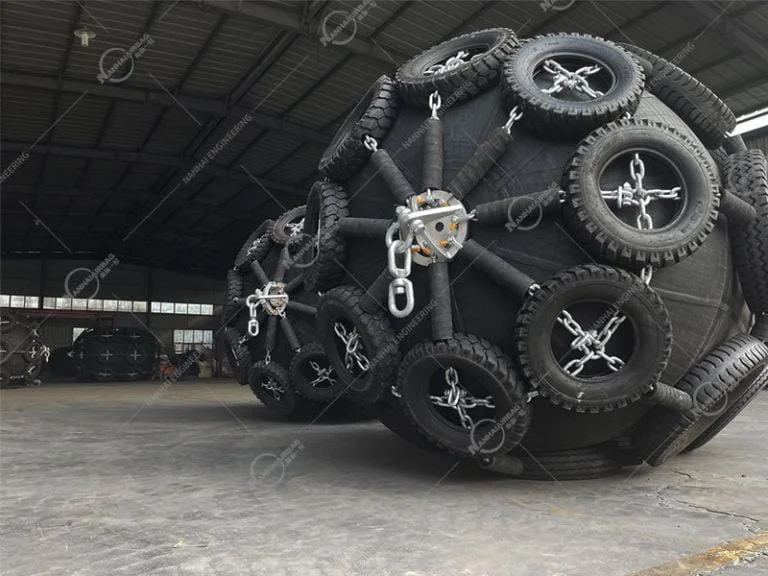Are Pneumatic Fenders Recyclable? Environmental Considerations
06/05/2025Marine Airbags: Packaging, Transport and Storage
06/05/2025The Role of Pressure Monitoring in Pneumatic Fenders Safety
Pneumatic fenders—also known as Yokohama fenders—are essential for protecting vessels and port infrastructure during berthing and ship-to-ship operations. These air-filled marine fenders absorb kinetic energy and minimize impact forces, making them indispensable for tankers, LNG carriers, and offshore platforms. However, their effectiveness hinges on one critical factor: maintaining proper internal pressure.

Why Is Pressure Monitoring So Important?
Imagine a large tanker docking in San Diego Bay. If the pneumatic rubber fenders are underinflated, they may compress too easily, failing to absorb the vessel’s momentum and risking damage to both the ship and the dock. Conversely, overinflated fenders can become rigid, increasing the chance of hull damage or even fender rupture. Regular pressure monitoring ensures that fenders perform optimally, safeguarding assets and lives.
Optimal Pressure Ranges for Pneumatic Fenders
According to ISO 17357-1:2014, pneumatic fenders should maintain an internal pressure between 50 kPa and 80 kPa, depending on their size and application. Regular checks using a calibrated pressure gauge are essential to ensure fenders operate within this range.
The Safety Valve: A Critical Component
For fenders exceeding 2,500 mm in diameter, ISO standards mandate the inclusion of a safety valve. This valve automatically releases air if internal pressure surpasses safe limits, typically around 1.75 bar, preventing potential fender failure.
Consequences of Improper Pressure
Neglecting pressure maintenance can lead to:
- Reduced energy absorption capacity
- Increased risk of hull or dock damage
- Shortened fender lifespan
- Potential safety hazards during operations
Regular monitoring and maintenance are crucial to avoid these issues.
Modern Solutions: IoT-Enabled Pressure Monitoring
Advancements in technology have introduced IoT-based systems for real-time pressure monitoring. The NANHAI smartfender system provides instant alerts for pressure anomalies, reducing the need for manual inspections and enhancing overall safety.
Best Practices for Pressure Maintenance
- Regular Inspections: Check fender pressure before deployment and periodically during use.
- Use Calibrated Equipment: Ensure pressure gauges are accurate and well-maintained.
- Monitor Environmental Factors: Temperature changes can affect internal pressure; adjust accordingly.
- Schedule Maintenance: Regularly inspect and service safety valves and other components.
People Also Ask
What is the recommended pressure for pneumatic fenders?
The optimal internal pressure ranges between 50 kPa and 80 kPa, depending on the fender’s size and application.
How often should the fender pressure be checked?
Pressure should be checked before each use and periodically during extended operations.
What happens if a pneumatic fender is overinflated?
Overinflation can lead to increased rigidity, reducing energy absorption and potentially causing fender failure.
Are safety valves mandatory on all pneumatic fenders?
Safety valves are required for fenders larger than 2,500 mm in diameter, as per ISO standards.
Proper pressure monitoring is not just a maintenance task—it’s a critical safety measure. By ensuring your pneumatic fenders are correctly inflated and maintained, you protect your vessels, infrastructure, and personnel. Invest in regular inspections and consider modern monitoring solutions to enhance safety and efficiency in your marine operations.
